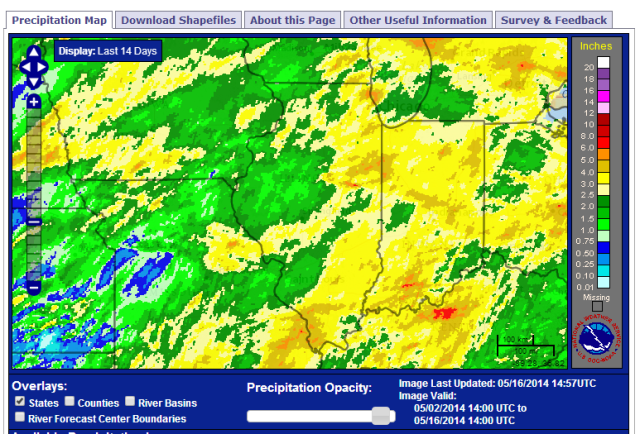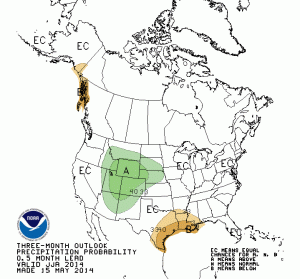The NOAA Climate Prediction Center has released a new El Niño watch stating,
Chance of El Niño increases during the remainder of the year, exceeding 65% during summer.
At this point it is not clear how strong this El Niño will be. However, it has the potential to be very strong. The two major El Niño events in my career were the 1982-83 and 1997-98 event. Looking at the June-August period at the start of those two events, there was a widespread pattern of cooler than average (1981-2010) conditions across the Midwest. On the other hand, there was not a consistent pattern of precipitation. Average to above-average precipitation fell in Illinois in the summer of 1982 while average to below-average precipitation fell in 1997, depending on where you were. It was notably drier in western Illinois in the summer of 1997.

The temperature pattern shifted in September and October, with warmer than average conditions in the western Corn Belt. This was especially true in 1997. Illinois was split with the northwest being warmer and the southeast being colder than average for September/October. This fall was notably dry across the northern half of Illinois in 1982 and near-average in 1997.

Overall, the last two major El Niño events produced widespread cooler summer temperatures but were somewhat inconsistent in terms of fall temperatures as well as summer and fall precipitation. Of course, our sample size is small and as the stock brokers are supposed to say, “past performance does not guarantee future results”.
BTW, over at climate.gov there is a new blog about El Niño-Southern Oscillation (ENSO) that describes the situation on a regular basis. ENSO is the general term for El Niño (warm phase), La Niña (cold phase), and the neutral phase of conditions in the Pacific Ocean along the equator. In fact, they have an excellent short tutorial on the three phases here. Here is an excellent illustration of the La Niña and El Niño pattern in the Pacific Ocean from NOAA. One can clearly see the blue colder than average waters across the equator during La Niña (top panel) and the red warmer than average waters during El Niño (lower panel). 











